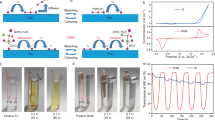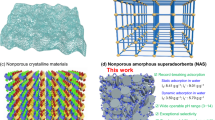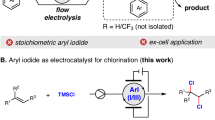Abstract
Kaplan and Kaplan1 demonstrated that the addition of iodine to the alcohol used as a decolorizer in the Gram procedure resulted in retardation of the rate of decolorization. If the concentration of iodine was sufficiently high, no decolorization occurred. They also found that much higher concentrations of iodine in the alcohol were necessary to prevent the decolorization of Gram-negative bacteria than for Gram-positive bacteria. In their opinion these results indicated that differences in permeability to iodine in alcoholic solution contributed to the mechanism of Gram differentiation. In confirmation of the above work, Mittwer, Bartholomew and Kallman2 demonstrated that iodine in alcoholic solution stained Gram-negative cells much faster than Gram-positive cells. No such difference was demonstrable for iodine in aqueous solutions. The nature of the proof presented by the above workers, however, lacked accurate and objective results, and could not be considered as conclusive. When the methods of filter paper chromatography are applied to this problem, accurate and objective results can be obtained easily.
This is a preview of subscription content, access via your institution
Access options
Subscribe to this journal
Receive 51 print issues and online access
$199.00 per year
only $3.90 per issue
Buy this article
- Purchase on SpringerLink
- Instant access to full article PDF
Prices may be subject to local taxes which are calculated during checkout
Similar content being viewed by others
References
Kaplan, M. L., and Kaplan, L., J. Bact., 25, 309 (1933).
Mittwer, T., Bartholomew, J. W., and Kallman, B. J., Stain Tech., 25, 169 (1950).
Author information
Authors and Affiliations
Rights and permissions
About this article
Cite this article
BARTHOLOMEW, J., CROMWELL, T. & FINKELSTEIN, H. A Correlation between Iodine Permeability and the Gram Characteristic of Cells. Nature 183, 123–124 (1959). https://doi.org/10.1038/183123a0
Issue date:
DOI: https://doi.org/10.1038/183123a0



